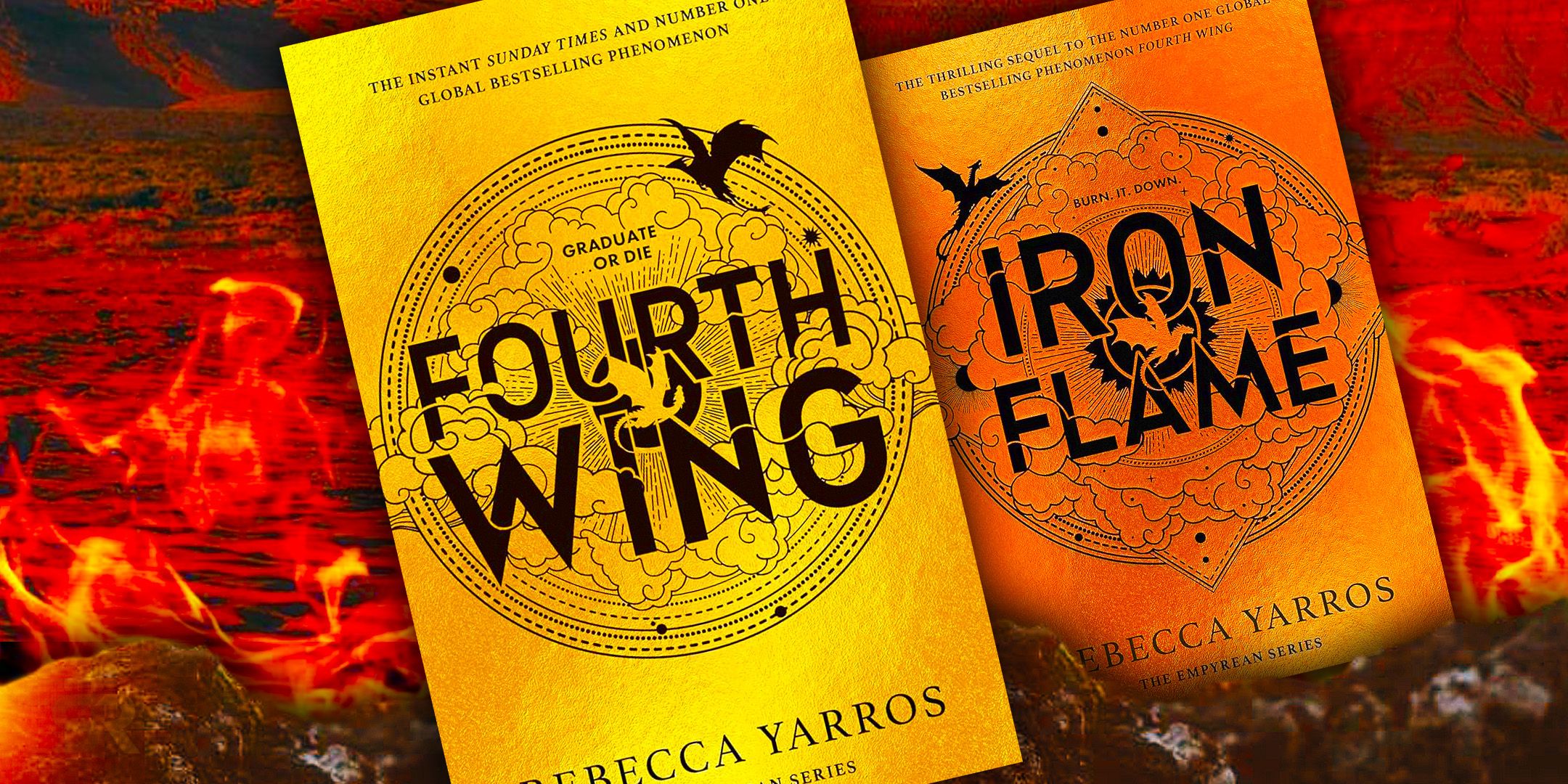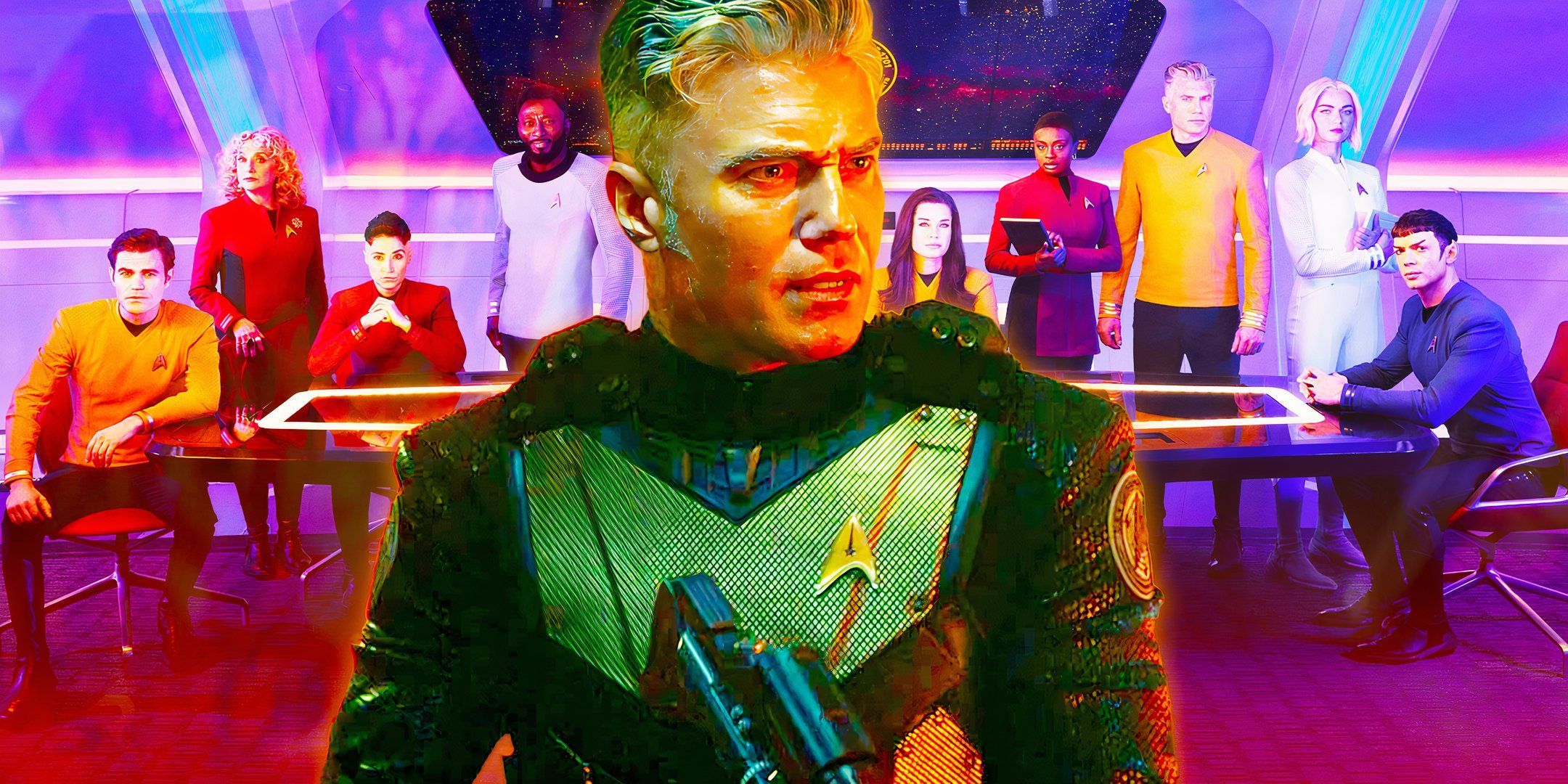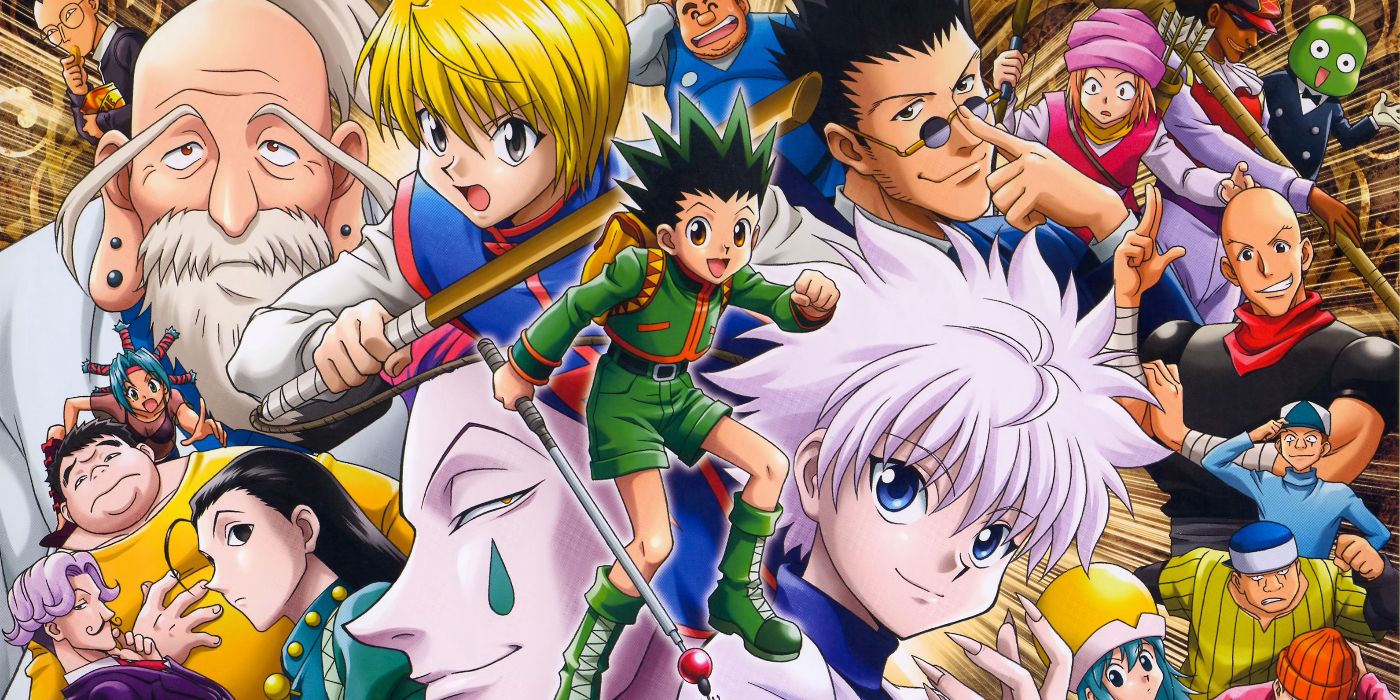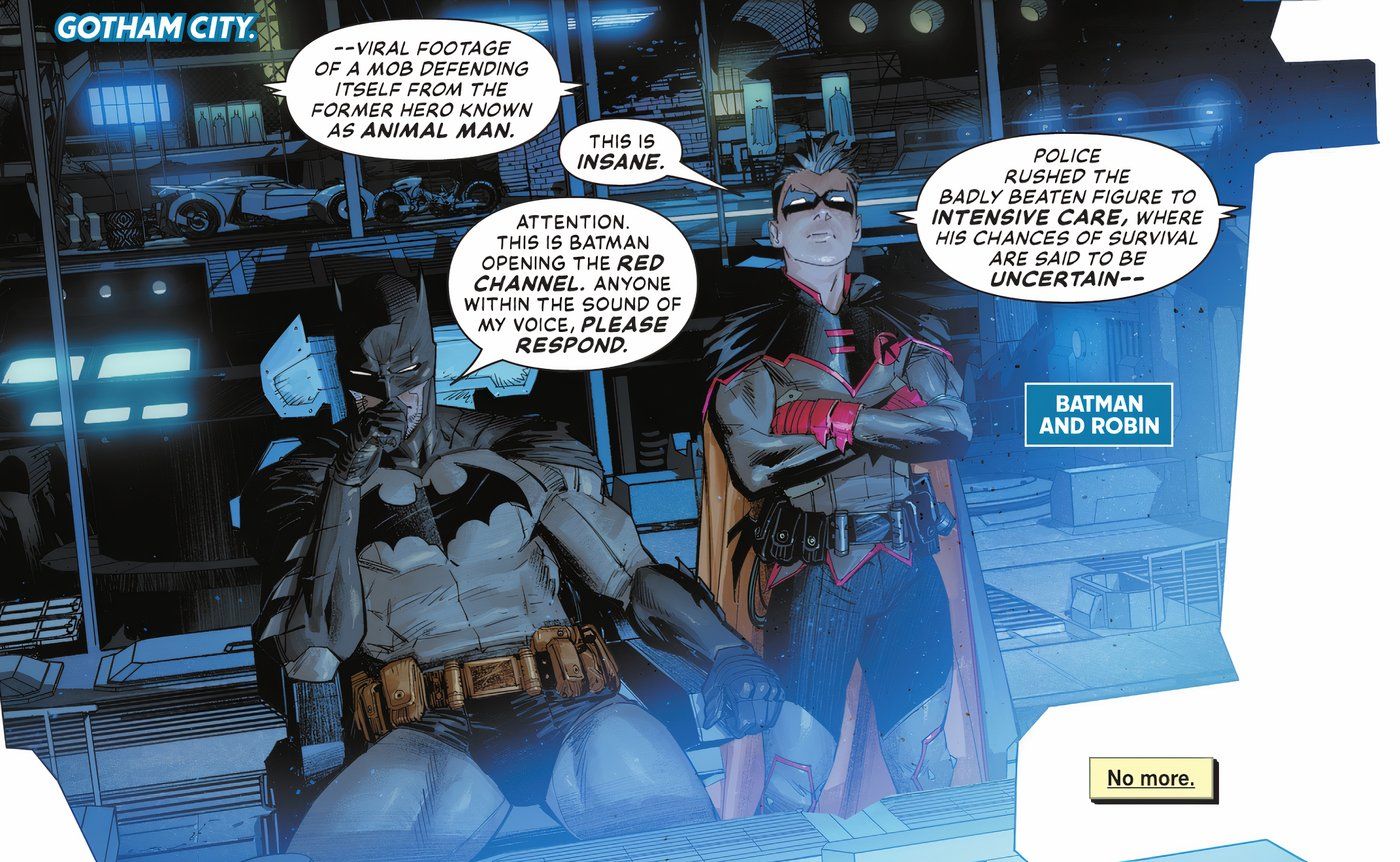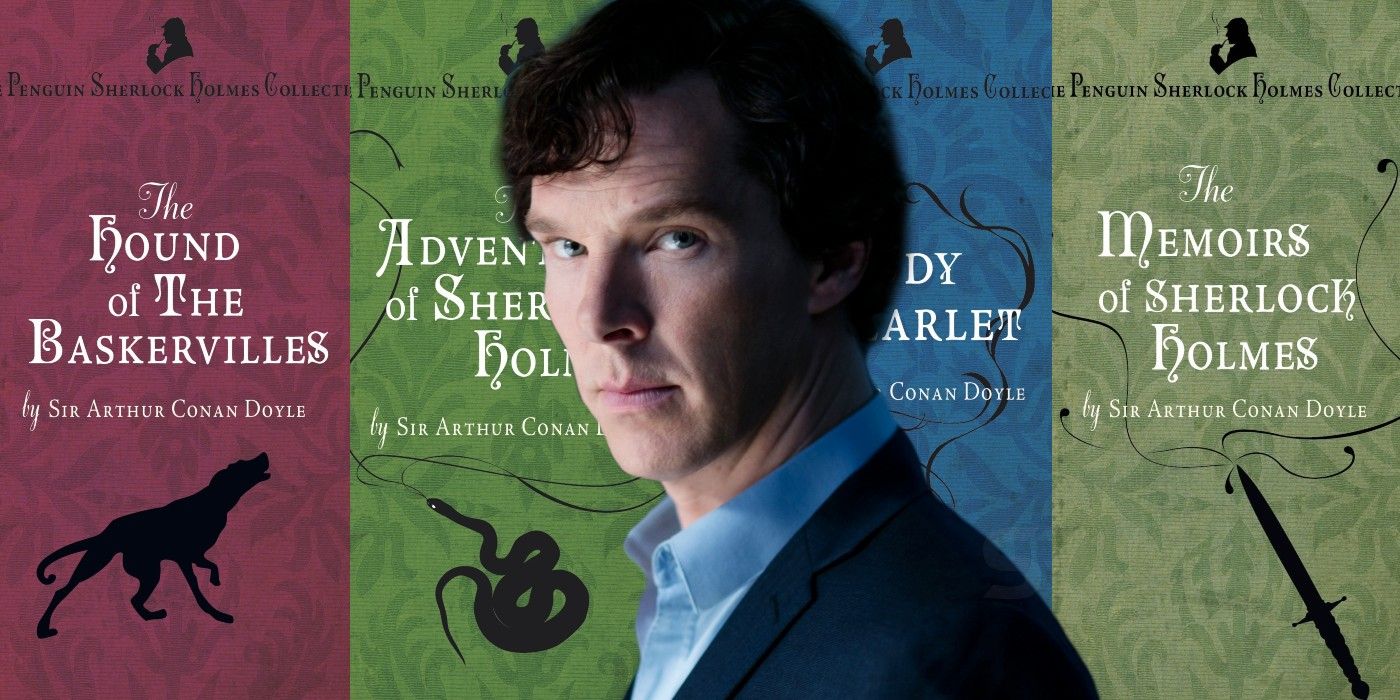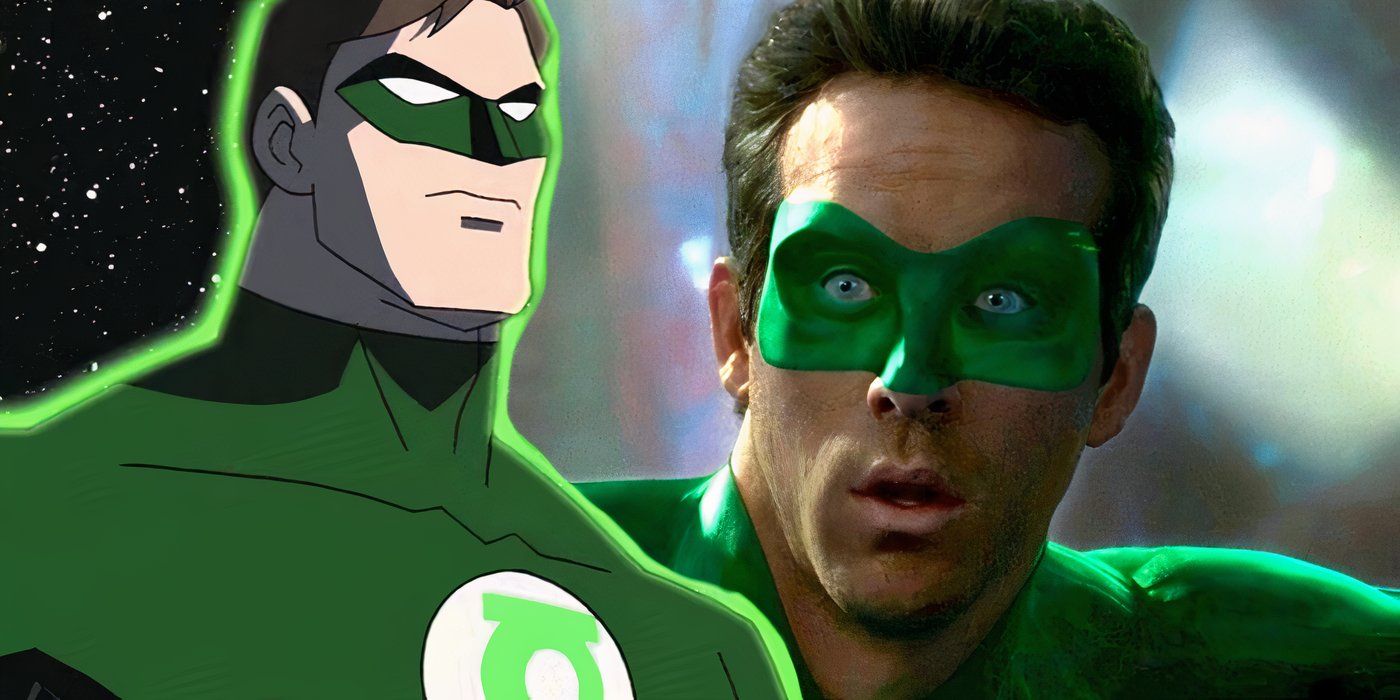The Karate Kid was one of the best movies of the 1980s, but looking back on it 40 years later, it’s clear there were a few harsh realities that must be faced. As the underdog story of the teenage karate student Daniel LaRusso and his rivalry with the sinister students of the Cobra Kai dojo, The Karate Kid featured plenty of incredible moments, but there were just as many issues on display when looking back on it with the power of hindsight. While characters like Mr. Miyagi became iconic, upon further inspection, they were also slightly problematic.
While The Karate Kid was a significant box office success that led to an entire Karate Kid-based franchise with sequels, a remake, and even an acclaimed television follow-up called Cobra Kai, its storyline, characters, and legacy have also brought up a number of issues. The Karate Kid featured several iconic quotes and moments that have gone down in cinematic history, but that does not mean its legacy should not be scrutinized 40 years later. The Karate Kid has remained as popular as ever, but a few harsh realities became clear upon rewatching it.
10
It’s Predictable Through And Through
The Karate Kid was full of clichés and tropes
The Karate Kid was a 1980s classic that has maintained an important place in popular culture 40 years since its release, but the harsh reality was that its narrative was thoroughly predictable. With a classic underdog set up about a new kid in town, a spiritual guide who teaches him to be the best version of himself, and cartoonish villains who must be defeated, the story of The Karate Kid was obvious after the opening scenes. From the get-go, any viewer could tell The Karate Kid ended with Daniel LaRusso as the new Reseda karate champion.
However, like all the best stories, The Karate Kid was about the journey, not the destination. Watching as Daniel slowly learned the value of Mr. Miyagi’s wisdom, got the girl, and overcame his foes made The Karate Kid a delightful movie despite its cliché-laden story. As a film aimed at younger viewers, The Karate Kid was often a young audience member’s first exposure to this type of underdog story, and it proved that a movie didn’t need to reinvent the wheel to become a beloved classic.
9
Ralph Macchio Was No High Schooler
The Karate Kid star was 22 years old at the time
The actor Ralph Macchio made a name for himself playing the 17-year-old high school student turned karate champion Daniel LaRusso in The Karate Kid, but the harsh reality was he was not a kid at all. Despite the fact that Macchio pulled off his role as a teenager with believability and conviction, he was actually 22 years old when he first took up the part. Despite the fact that Macchio continued to appear in subsequent Karate Kid sequels and the television series Cobra Kai, Macchio’s age never matched up with LaRusso.
Older actors being cast as teenagers was nothing new, and in other movies, it has felt wholly unbelievable, but Macchio always maintained his youthful appearance and always got away with playing the younger character of LaRusso. The other characters in The Karate Kid were closer to their actual ages as William Zabka, who played Johnny Lawrence, was 19 years old when the first movie came out. Elizabeth Shue, who played the teenage love interest Ali Mills, was also slightly older, at 21 years old when The Karate Kid was released.
8
Ali Mills Was Majorly Underdeveloped
The Karate Kid love interest was very one-dimensional
The love story at the center of The Karate Kid was between Daniel LaRusso and Ali Mills, the cheerleader ex-girlfriend of the Cobra Kai karate student Johnny Lawrence. Ali was played by Elizabeth Shue who would later gain prominence for her role in the Back to the Future series and other classic movies of the 1980s and 1990s. While Ali represented the prototypical perfect high school girlfriend, rewatching The Karate Kid today, her character felt underdeveloped and lacking in agency.
With just a few short scenes, such as when Daniel and Ali bonded as he taught her soccer tricks, Ali felt more necessary for the story than a fully developed three-dimensional character. Ali’s purpose in contributing to Daniel and Johnny’s storylines was further encapsulated by how her privileged uprbringing was used as a stark contrast to Daniel’s anxiety about his social standing. While Ali did not appear in the sequels, her character was further developed decades later when she appeared in the television series Cobra Kai.
7
A Rocky Rip-Off
The Karate Kid had a lot in common with Rocky
When rewatching The Karate Kid it’s impossible to ignore just how many similarities this underdog story had with the hugely popular Rocky movies being released at the same time. The similarity was no coincidence as The Karate Kid was directed by none other than John G. Avildsen, the director of the original Rocky movie from 1976. With a similar hero’s journey, the use of montages, and an underdog trained by an older mentor, The Karate Kid was essentially Rocky for kids.
The Karate Kid screenwriter Robert Mark Kamen has even stated that Rocky’s actor and creator Sylvester Stallone has even joked with him, “You just f—— ripped off my movie” (via SI.) The connections don’t end there as the song “You’re the Best” featured during the karate tournament was initially written for Rocky III but was rejected by Stallone in favor of “Eye of the Tiger” (via The Things.) While there are plenty of similarities between the two films, both The Karate Kid and Rocky also had a unique identity that made them such iconic movies.
6
Mr. Miyagi’s Character Was Very Stereotypical
The Karate Kid mentor played into Asian stereotypes
Mr. Miyagi was Daniel LaRusso’s wise old karate teacher who consistently gave insightful advice influenced by Eastern philosophy. Although he’s one of the most iconic movie characters, looking back 40 years later, it’s clear his portrayal played into the trope of the mystical Asian. This stereotype related to how Asian characters in Western media were often presented as possessing supernatural-like wisdom that they used to guide the white protagonist. Unfortunately, the mysterious and mystical presentation of Mr. Miyagi felt slightly problematic when viewing The Karate Kid through a contemporary lens.
Despite these issues, there was also nothing sinister about the presentation of Mr. Miyagi’s character, as he was also portrayed as a man of great depth and dignity throughout The Karate Kid and its sequels. Mr. Miyagi’s backstory and heritage were further expanded in The Karate Kid Part II when he and Daniel visited his village in Okinawa, Japan. While Mr. Miyagi could be seen as an Asian stereotype, The Karate Kid franchise has made an effort to ensure his heritage and background have a degree of authenticity.
5
John Kreese Was A One-Dimensional Villain
The Karate Kid villain lacked believability
The Karate Kid was a classic good versus bad story, and the baddest of them all was the Cobra Kai karate sensei John Kreese, who, looking back 40 years later, was so over-the-top sinister it made his character feel very one note. When Daniel LaRusso visited Kreese’s dojo with Mr. Miyagi, Kreese had no issue with humiliating his students and pushing them to the absolute limit of their abilities. While this made Kreese a fearsome foe, it also begged the question of what drove him to try and bring everybody else down and what his reasoning was for being so harsh on his students.
By the time LaRusso was fighting against Cobra Kai students at the Under 18 All-Valley Karate Championship, Kreese was so full of rage that he encouraged his students to pursue underhanded and illegal tactics to get ahead. Kreese’s one-dimensional role as movie antagonist was common for villains in movies during the 1980s, but looking back, his reasoning for being so menacing was not explored properly. Luckily, Kreese’s backstory was further expanded decades later in the Cobra Kai television series.
4
Mr. Miyagi’s Training Was Often Exploitative
The Karate Kid mentor got a lot of work done for free
Daniel LaRusso’s wise old karate teacher, Mr. Miyagi, imparted his expert knowledge in such unusual ways that Daniel did not even realize he was being trained half the time. From painting fences to washing cars, Mr. Miyagi’s unusual practices often involved doing simple household chores, which had the cumulative effect of teaching Daniel everything he needed to know to become a karate champion. While the famous “wax-on, wax-off” ethos of Mr. Miyagi worked in the end, looking back, it also looked kind of exploitative.
Mr. Miyagi did not teach Daniel the ways of karate to get his car cleaned and enjoy a newly painted picket fence, but this was a significant benefit of his teaching style. Over the course of The Karate Kid, Mr. Miyagio had his house repurposed and sanded and his car washed and waxed, which felt like a fair trade for the free karate training he offered. The potentially exploitative nature of Mr. Miyagi’s training style was even referenced in Cobra Kai when Daniel failed to gain new students at his Miyagi-Do because they said his training sounded like a scam.
3
Part Of The Appeal Is It’s Legacy
The Karate Kid’s reputation has grown over the year
Looking back on The Karate Kid 40 years after its original release, it clearly featured so many classic moments, and its legacy has been entrenched in popular culture. This historical significance and its continued success as a major franchise meant that every year, new audiences were discovering the original movie and enjoying Daniel LaRusso’s journey into becoming a karate champion. However, it must be admitted that this legacy became a significant part of its appeal.
When The Karate Kid was released in 1984, it received mixed reviews from critics, although it was a hit with audiences. The original film’s reputation has only continued to grow over the years as its music, quotes like “wax-on, wax-off,” and iconic characters such as Mr. Miyagi have carved out an important place in society’s collective consciousness. This was not to say that The Karate Kid was not a good movie when it first came out, but it’s clear that its status and legacy have only grown in the years since.
2
Johnny Lawrence Was Not So Bad
The Karate Kid antagonist was deeper than he initially appeared
The teenage Cobra Kai karate student and former two-time All-Valley Under-18 Karate Tournament champion Johnny Lawrence was presented as a major villain in The Karate Kid, although looking back 40 years later, he was not as bad as he initially seemed. Following the release of the Cobra Kai television series, which told Johnny’s story decades later as a grown man, it’s easy to see that Johnny was just a troubled kid who found meaning in his karate dojo. While Johnny did act like a bully and did some questionable things, he was not an out-and-out villain in the traditional sense.
Johnny felt threatened by Daniel LaRusso and was later heartbroken after his ex-girlfriend Ali moved on and started dating Daniel. While Johnny probably did not act in this most appropriate way, his difficult upbringing and his sinister sensei, John Kreese, negatively impacted his ability to handle conflict and confrontational circumstances. Johnny was by no means an angel, but looking back on The Karate Kid all these decades later, it’s clear he was just a sad kid in need of some positive guidance.
1
The Karate Kid Paled In Comparison To Cobra Kai
The Karate Kid follow-up series as overtaken the original in many ways
While The Karate Kid was one of the most beloved movies of the 1980s that spawned an entire franchise of sequels, remakes, spin-offs, and even an animated series, the most recent entry in the series, the television show Cobra Kai, has managed to take over the original in terms of quality. Cobra Kai cleverly deconstructed the world of The Karate Kid and inserted new meaning into many moments from the original movie. From fleshing out the backstory of Johnny Lawrence to highlighting some of the film’s ridiculous logic, Cobra Kai modernized the story and kept it relevant.
Cobra Kai did so many things better than The Karate Kid, and the harsh reality was it now stood as the best entry in the franchise. From adding more moral ambiguity to featuring better action sequences, Cobra Kai took what worked about The Karate Kid and gave it a new lease of life. As a highly self-referential and clever television series, Cobra Kai worked so well because it already had such strong characters and concepts to work with, but it does not change the fact that the The Karate Kid paled in comparison to the latest TV show.
Sources: SI, The Things
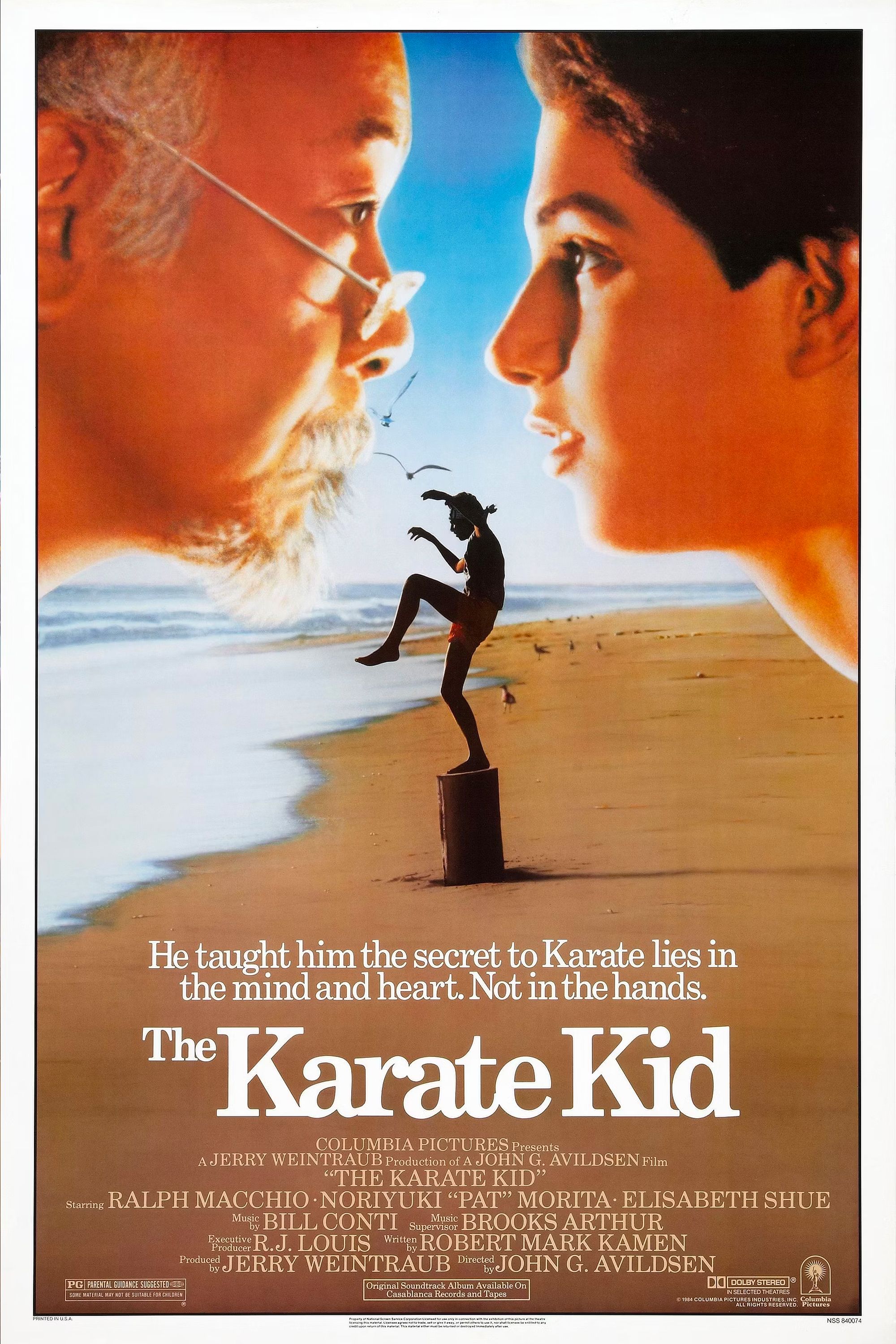
The Karate Kid
Released in 1984, The Karate Kid follows the story of Daniel LaRusso on his unexpected journey to becoming a Karate expert under the tutelage of a martial arts master. Recently relocated from New Jersey to Los Angeles, Daniel and his mother are trying to adapt to their new home. Unfortunately, Daniel becomes the target of a gang of Cobra Kai dojo students. When his handyman, Mr. Miyagi, saves him with expert Karate skills, Daniel convinces him to teach him his Karate to defend himself, and put his bullies in their place.
- Director
-
John G. Avildsen
- Release Date
-
June 22, 1984
- Studio(s)
-
Delphi II Productions
- Distributor(s)
-
Columbia Pictures
- Writers
-
Robert Mark Kamen
- Cast
-
Ralph Macchio
, Pat Morita
, Elisabeth Shue
, William Zabka
, Martin Kove
, Yuji Okumoto - Runtime
-
126 minutes
- Franchise(s)
-
The Karate Kid
- Sequel(s)
-
The Karate Kid Part II
, The Karate Kid Part III - Budget
-
$8 million
- Main Genre
-
Action
